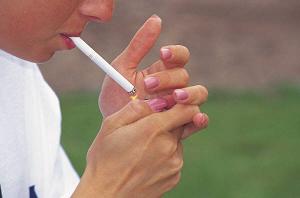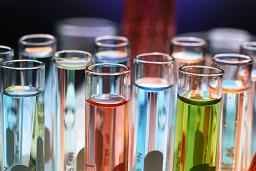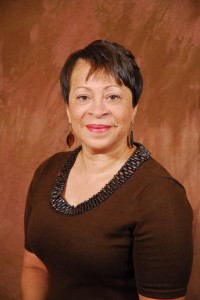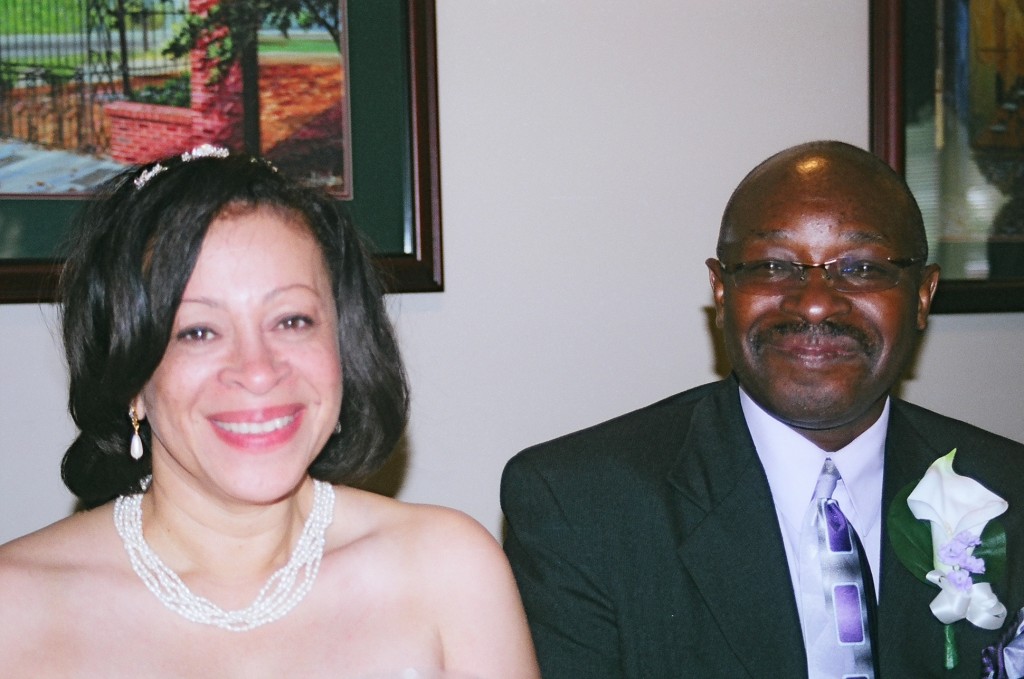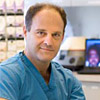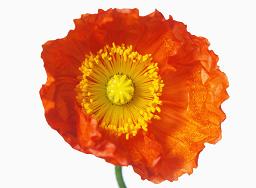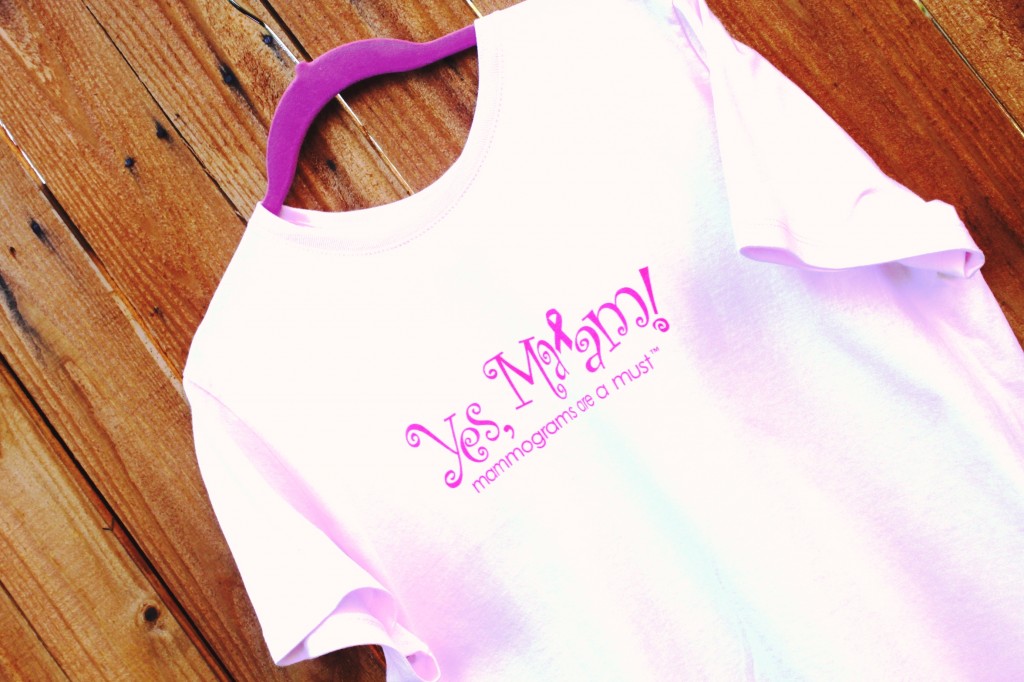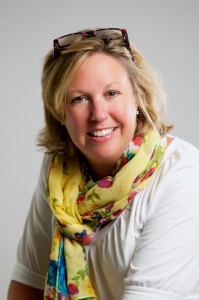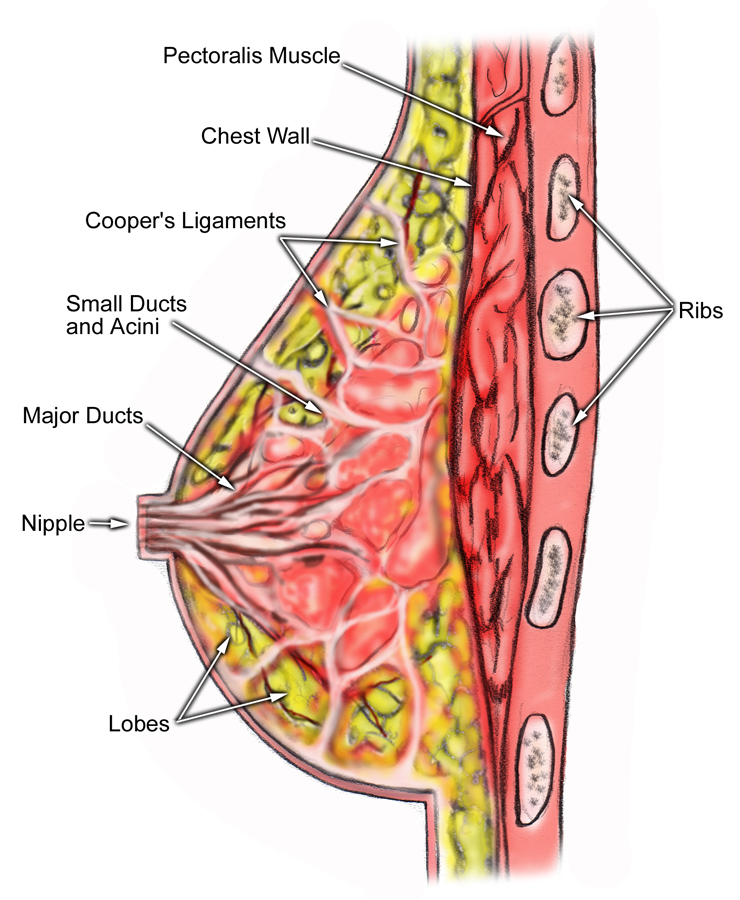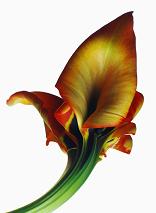 The below questions are answered by Dr. Richard M. Kline, Jr., Charleston breast surgeon for The Center of Natural Breast Reconstruction:
The below questions are answered by Dr. Richard M. Kline, Jr., Charleston breast surgeon for The Center of Natural Breast Reconstruction:
What kind of breast expander do you recommend and employ?
We usually use either Mentor contoured tissue expanders, which have more projection at the bottom than the top, or Mentor round expanders with a remote port. If patients are using tissue expanders only as a “bridge” during post-mastectomy radiation until they can receive a flap reconstruction, then we prefer the remote port model, because it won’t interfere with the MRI we like to get prior to flap surgery to look at the vessels. If the patient is planning on having a permanent implant reconstruction, then the contoured expander (which is not compatible with MRI) may produce a better initial shape.
If I choose immediate breast reconstruction, what happens if it is discovered I need radiation treatment during the mastectomy? What happens then?
It depends on what type of reconstruction you have chosen. If you choose implant reconstruction, radiation doesn’t hurt the tissue expander or implant, although it significantly decreases the chance of achieving an acceptable result. If you have had an immediate flap reconstruction, then learn (unexpectedly) that you need radiation, then the flap may be in serious jeopardy. Experienced oncologic breast surgeons are usually pretty good at anticipating whether a patient will need radiation or not. If significant doubt exists, however, and a flap reconstruction is planned, it is best either place temporary tissue expanders at the time of mastectomy, or delay all reconstruction until after radiation.
What are the disadvantages of postponing breast reconstruction after mastectomy? (scarring, skin sparing options, nipple options)
The only significant disadvantage to postponing reconstruction is potential contraction of skin if a skin-sparing or nipple-sparing mastectomy is used. Depending on the amount of skin present and the ultimate desired breast size, however, this may present a problem for some patients, but not others. The advantages of delaying reconstruction include a decreased incidence of complications, and shorter anesthetics.
For breast reconstruction, what are the options for nipples?
If nipple preservation can be successfully employed, then this may give the best outcome in some cases. Not all attempted nipple-sparing mastectomies are successful, however, and many nipples have failed to survive after this procedure. Nipple reconstruction using local skin flaps has proven to be highly reliable, and tattooing of the areolas can produce very realistic results.
Do you have a question for the Charleston breast surgeons at The Center for Natural Breast Reconstruction? We’d love to hear from you.
